For a long period of time, representation and inclusion of diversity in characters was something unheard of in Hollywood. Movies and TV shows would follow the same old pattern of revolving the storyline around white, heterosexual characters.
The lack of diversity in Hollywood was pretty evident when the Academy of Motion Picture Arts & Sciences could not nominate even a single actor of colour for the Oscars in 2015 and 2016. In January 2015, Twitter user and activist April Reign tweeted: “#OscarsSoWhite they asked you to touch my hair.” Within a day’s time, the hashtag went viral and activists started using it on their social media handles to question Hollywood’s long standing racism problem.
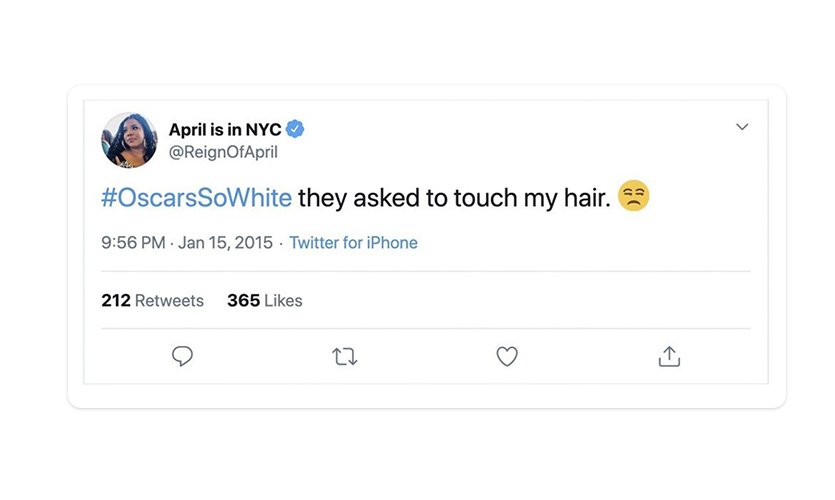
The last few years have come with a major breakthrough in the representation of marginalised communities in content produced by Hollywood. Film and show makers have begun to ensure the inclusion of diversity in their storylines. One may wonder what is the problem then. Isn’t this what marginalised communities demanded? To some extent, yes. Owing to the fact that Hollywood in its previous years majorly sidelined people of colour, the LGBTQ+ community, immigrants, people of religious backgrounds other than the majority, and other marginalised communities, yes, representation of diversity is necessary.
However, what producers are now showing in the name of diversity, is oftentimes mere tokenism, and there exists a very thin line of difference between tokenism and accurate representation, which needs to be acknowledged.
What Is Tokenism?
The movement of increased representation of diversity in media has given rise to a new problematic trend. Production houses nowadays show token characters in the name of accurate representation. It is as if the writers have added the characters just for the sake of representation and avoiding criticism.
The standard oxford dictionary definition of tokenism is: “The practice of making only a perfunctory or symbolic effort to do a particular thing, especially by recruiting a small number of people from under-represented groups in order to give the appearance of sexual or racial equality.”
Such token characters that are represented just for the sake of diversity are not given a lot of importance in the storyline, and are often just a side character accompanying the lead, and are presented in the most stereotypical way. An example of this could be the American comedy-drama series Gilmore Girls, where the lead character Rory Gilmore has a friend of Korean descent – Lane Kim – who is just there as a token friend to make Rory seem more interesting. Lane’s mother on the other hand is the epitome of stereotypes associated with Asian cultures.
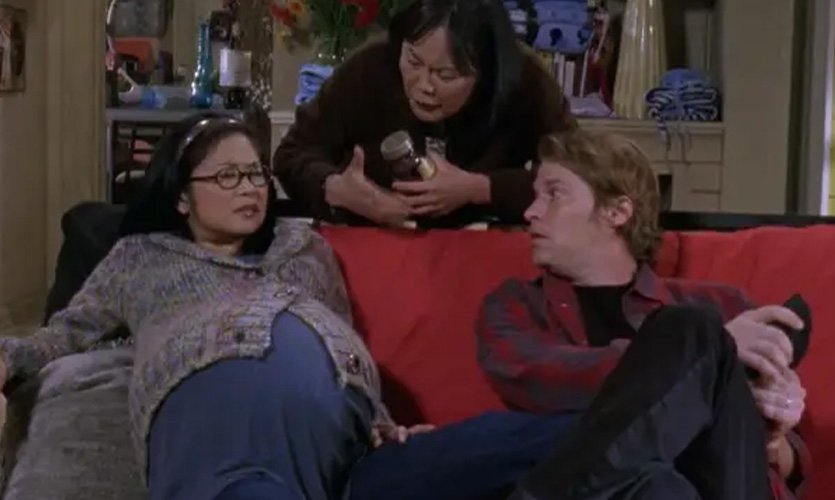
If examined closely, you would find Lane’s life to be much more interesting than Rory, who’s education is completely sponsored by her white classist grandparents at an elitist high school and later at Yale University, yet, Lane ends up getting pregnant with twins right after highschool and marrying a “lousy” guy.
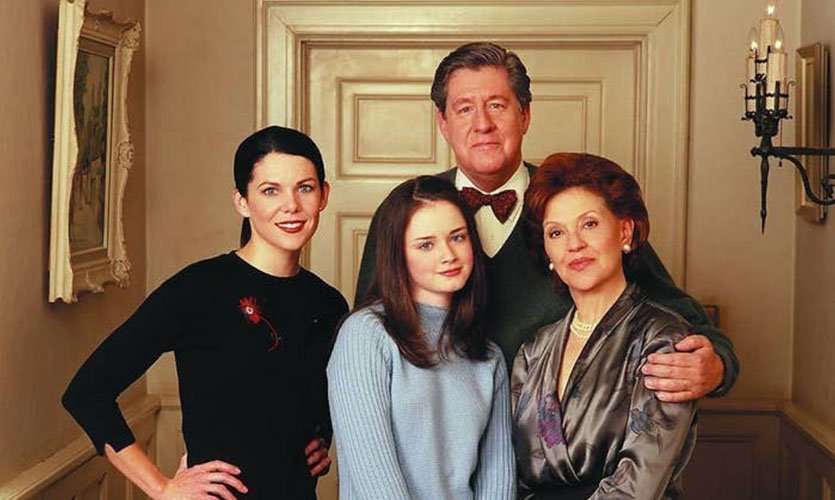
How Is Token Representation Harmful?
As previously mentioned, tokenism is equivalent to putting just the bare minimum to make a movie or a TV show seem inclusive. As the word suggests, token representation only makes it ‘seem’ like a movie or a TV show is inclusive of marginalised communities, but in reality, it is not.
Tokenism might not look so bad at first, but it is harmful to the communities being represented. In order to diversify their storyline and cast, production houses often forget to study the character and their cultural background in depth, which might lead to inaccurate portrayal of the character. This can lead to the audience forming a negative stereotypical image of the community being represented.
Token characters almost always play supporting roles. It is not very often that you see a character belonging to a marginalised community play a lead role, which is a serious issue that needs to be addressed.
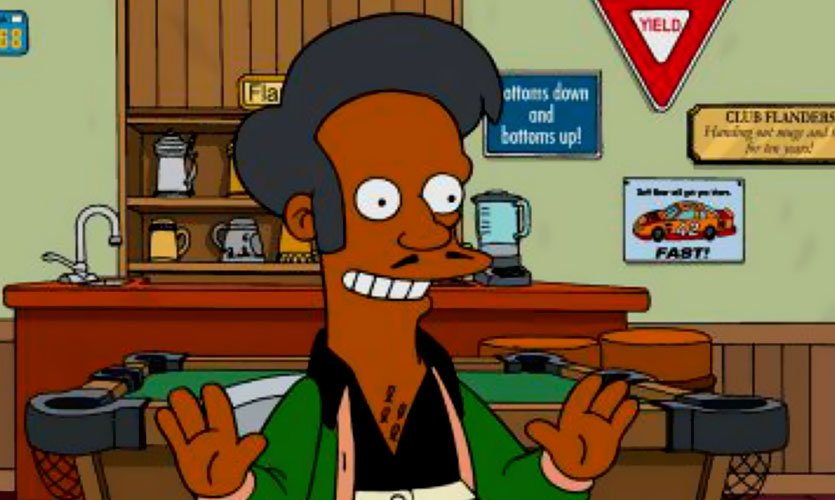
If That Is Token Representation, What Does Accurate Representation Look Like?
While tokenism is just an illusion to show that the concerns regarding diversity in mainstream media have been dealt with, accurate representation of marginalised communities is still possible.
It can start with placing people of such communities in lead roles instead of supporting characters. Script writers should also try to study the traditions and customs involved in a character’s culture. Understanding and paying attention to such small details goes a long way in accurately representing someone’s background. Minority characters also need to be represented in a de-stigmatised way that is devoid of negative stereotypes. Even if a show is based on a white character, producers should at least give some depth to the side character belonging to a minority community.
While tokenism and representation sound extremely similar, the thin line of difference between the two lies in the purpose. Representation seeks to showcase diversity accurately while tokenism is just an illusion of representation.
Fortunately, there are instances of TV shows which have done justice to minority characters, like the Canadian sitcom ‘Kim’s Convenience’, which revolves around an immigrant Korean family. Janet Kim, one of the lead characters, is shown to be pursuing her passion in photography at an art school, which steers clear of the stereotypical notion that Asians frown upon pursuing artistic careers. The show also gives references to a lot of Korean words, authentic dishes and lifestyle.

Another example could be Netflix UK’s popular original show ‘Sex Education’, where Eric Effiong, an openly gay high school student from Nigeria, enjoys a decent amount of screen time even as a side character. In the third season of the series, Eric and his family can be seen travelling to Nigeria for a family wedding. This is probably one of the very few times that a TV show has actually displayed the minority character’s culture vividly.
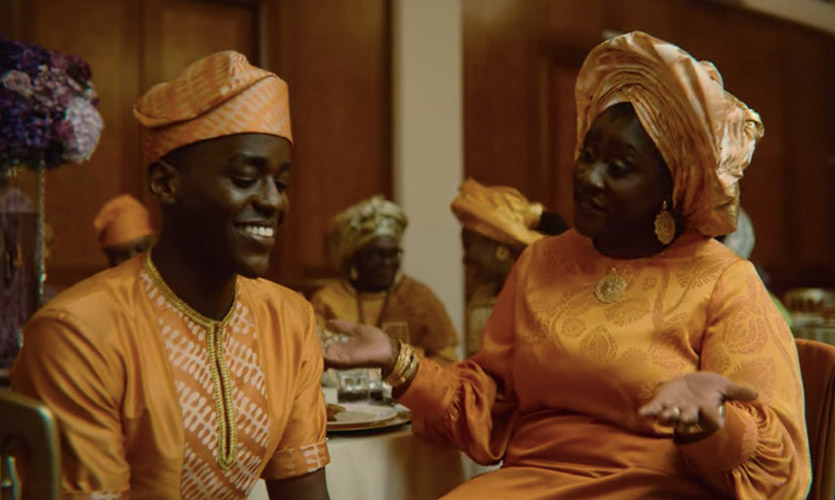
More Hollywood producers need to take inspiration from these shows, and treat marginalised characters the same way as they would a white character. For many, representation is a feeling of being noticed and heard by the mainstream society, and giving them such spotlight should be deemed necessary.










